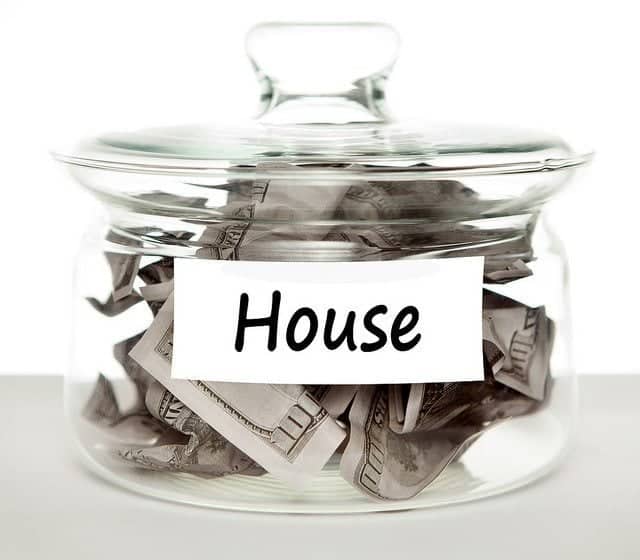Renters, what’s preventing you from making the leap to buying a house? As outlined by a first-ever study sponsored by Zillow and conducted by market researcher Ipsos, regardless of where renters live across the country, the most significant barrier to buying a home is the same for almost all of them: They just don’t have sufficient down payment.

Renters’ greatest challenge is the down payment
Results of the online survey of 10,000 renters ages 18 to 75 nationwide found that 67.9 % of participants believe that inability to save for a down payment was blocking them most from home ownership.
Trailing that, 53.2% attributed their buying difficulty to the capability to qualify for a mortgage. And 50% said debt – namely, from credit cards and loans – was their most significant hurdle. Behind those reasons, the survey found, 38.5% of participants said job security was their biggest obstacle. Just 20% said they were not in the position to settle down, while 11% said not enough homes were available. (Participants could select multiple choices.)
The survey results come at a time when renting in the majority of markets is more expensive than a monthly mortgage payment. Still, because of the traditional notion that buyers need 20% of a home’s price as a down payment, many renters, Zillow found, say they don’t have that much cash to pay out all at one time.
“Home values are just shy of hitting those pre-recession peaks,” said Skylar Olsen, a Zillow senior economist. “That means larger down payments. And to be competitive in competitive markets, buyers really need to pay 20% or higher to win a bid. That’s getting harder to do because of the price of homes … and because rents have outpaced incomes so steadily for the last decade or more.”
Across the nation, median home prices are close to the same peaks we saw prior to the housing market tanked. The U.S. market peaked in April 2007 with a median price of $196,600. In February, the latest data available, that figure was $195,700, just 0.5 % less expensive.
High prices, little inventory, and still relatively tight credit have driven the U.S. home ownership rate to a near all-time low. In second-quarter 2016, the rate hit its lowest point in 50 years at 62.9%. It has rebounded only slightly since.
Yet 63% of all renters are confident they will be in a position to afford a home someday, Zillow found, and millennial renters – those between the ages of 17 and about 36 – are more confident than any other generation that they can afford a home. Only 2% said they never intend on buying one.
With the current U.S. median price of $195,700, however, a home buyer would need to pay $39,140 as a 20% down payment, plus closing and other costs. With the median yearly U.S. household income at $53,889, according to 2015 census figures, a buyer would need to pay at least 72% of his or her annual income, based on an Inquirer analysis.
About 25 percent of people “have to turn to gifts from family and friends to finance that down payment,” Olsen said.
Certainly, buyers aren’t required to go the 20% down route – there are several no- or low-down payment options. FHA loans, available for first-time and low-income buyers, require as little as 3.5 % down. In exchange, however, buyers may pay significantly more in mortgage-insurance premiums.
USDA loans, which permit zero percent down, are an option for low-income buyers in certain areas. Additional options exist, too.
Still, Olsen explained, 20 % down may be financially better in the long run. “There are trade-offs,” she said. “Your monthly costs go up the lower your down payment is.”
The survey results come during a period when renting in the majority of markets is more expensive than a monthly mortgage payment.
So if you are ready to find your new home Nick & Cindy Davis are ready to assist you. We are always just a click here or call to 813-300-7116 away.